+86-159 9860 6917
info@geofantex.com
geofantex@gmail.com
+86-400-8266163-44899
In the quest for durable and effective waterproofing solutions, geomembrane waterproofing stands out as a technological marvel, safeguarding structures from the relentless assault of water. This advanced material, often hidden beneath the surface, plays a pivotal role in preserving the integrity of buildings, ponds, and even landfill sites, making it an indispensable ally against water-induced deterioration. This article delves into the science behind geomembrane waterproofing, exploring its applications, benefits, and what makes it a superior choice for water management projects across the globe.
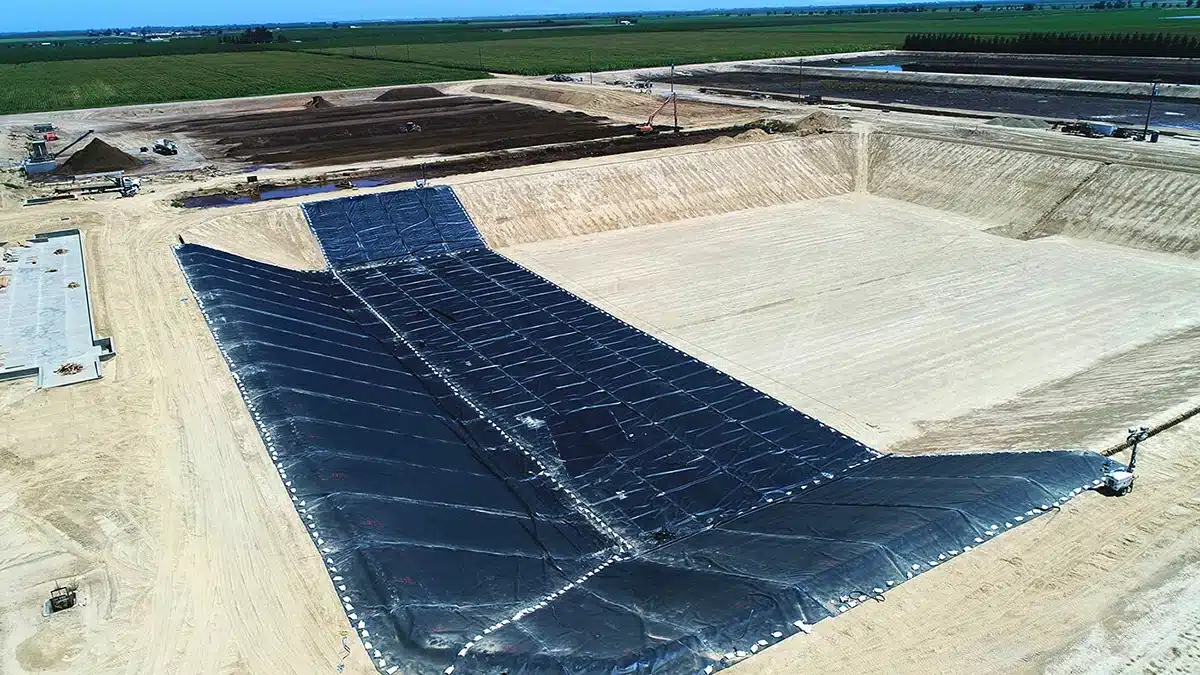
What is Geomembrane Waterproofing?
Geomembrane waterproofing involves the use of very thin, impermeable membranes made from synthetic materials to prevent water penetration. These membranes, composed of materials like HDPE, LDPE, PVC, or TPO, are engineered to offer a high resistance to punctures, chemicals, and UV radiation. Deployed across a variety of settings, from artificial lakes and reservoirs to the foundations of buildings, geomembranes provide a physical barrier that water cannot breach, ensuring long-term dryness and stability of the structures they protect.
How does Geomembrane Waterproofing work?
The effectiveness of geomembrane waterproofing lies in its simple yet powerful principle: it acts as a continuous barrier that physically blocks water from reaching vulnerable surfaces. Installation involves laying out the geomembrane sheets over or around the area needing protection, and then sealing the seams to create a unified barrier. This can be applied above ground, like in canal linings, or buried beneath the earth, such as in landfill caps. The choice of material and the installation method depend on the specific requirements of the project, including exposure to chemicals, the expected life of the membrane, and environmental factors.
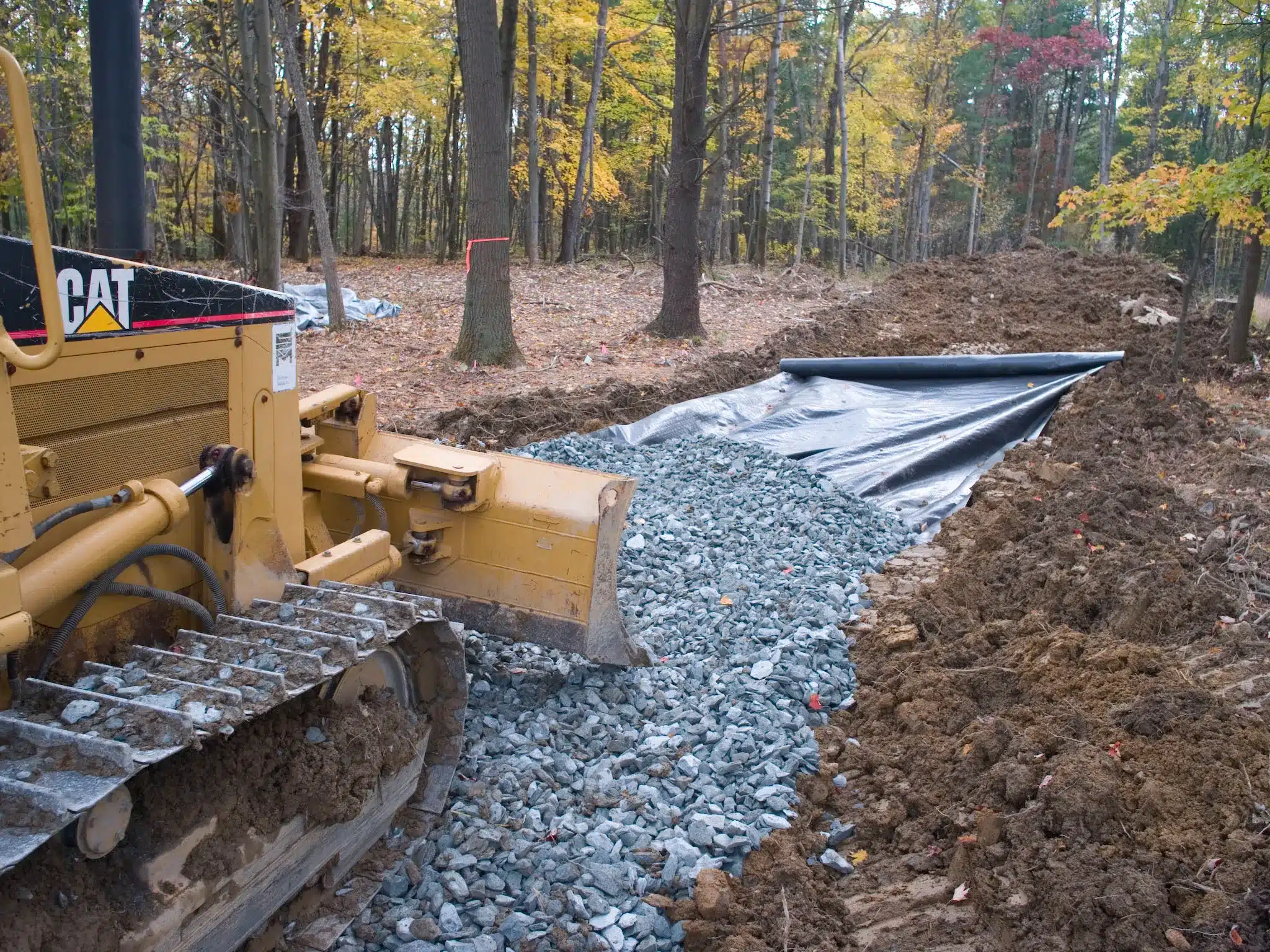
What are the benefits of using Geomembrane Waterproofing?
The benefits of geomembrane waterproofing are vast, making it a preferred choice for many engineers and architects. Firstly, it offers unmatched durability, with a lifespan that can exceed 20 years under optimal conditions. It’s highly resistant to a wide range of chemicals, making it ideal for industrial applications. Additionally, geomembrane is environmentally friendly, as it prevents contaminants from seeping into the ground or water bodies. Its versatility allows for use in various projects, including waste containment, water storage, and construction, offering a cost-effective solution to long-term waterproofing needs.
What are the key considerations in selecting and installing Geomembrane Waterproofing systems?
Selecting the right geomembrane system involves considering the specific needs of the project, including exposure to sunlight, chemicals, and mechanical stresses. The thickness and type of material (HDPE, LDPE, PVC, TPO) are critical factors, as is the method of seam sealing (welding, adhesive, or tape). Professional installation is crucial, as improper sealing can lead to leaks. Environmental impact assessments may also be necessary to ensure that the use of the geomembrane aligns with local regulations and sustainability goals.
Geomembrane waterproofing represents a leap forward in protecting structures and the environment from the detrimental effects of water. With its robust material science foundation, versatility, and cost-effectiveness, geomembrane technology offers a compelling solution for a myriad of waterproofing challenges. Whether it’s safeguarding architectural marvels or ensuring the safety of water containment projects, geomembrane waterproofing stands as a testament to human ingenuity in our ongoing battle against water damage. As we continue to push the boundaries of construction and environmental preservation, geomembrane waterproofing will undoubtedly play a pivotal role in shaping a dry, secure, and sustainable future.
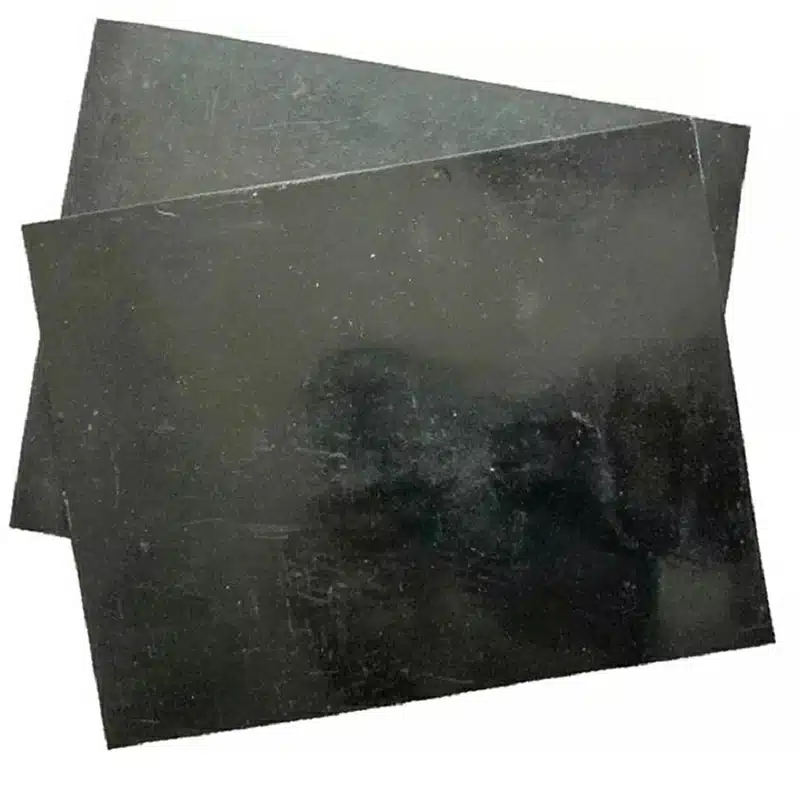
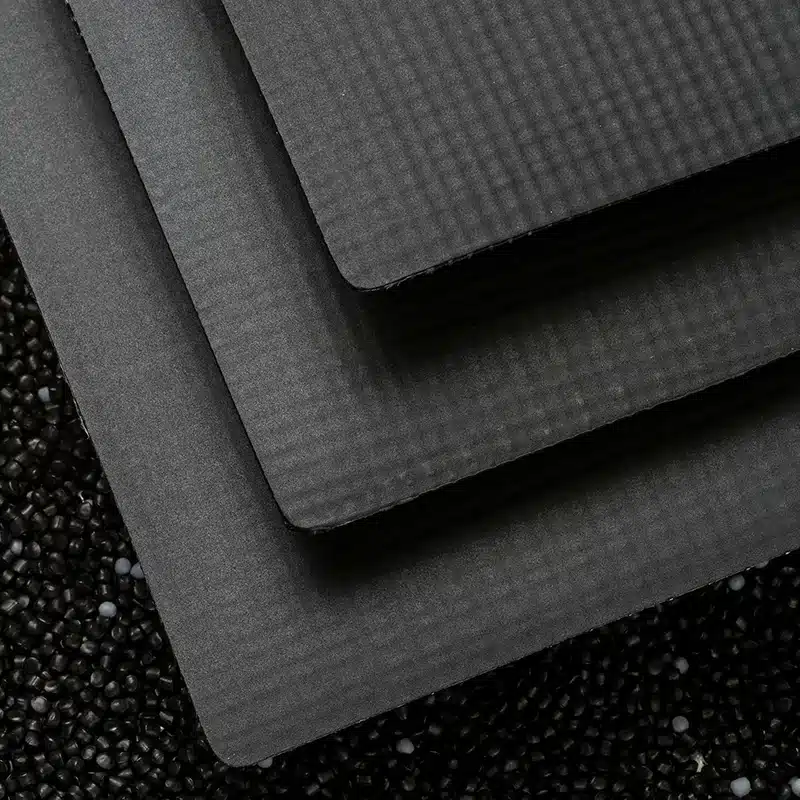
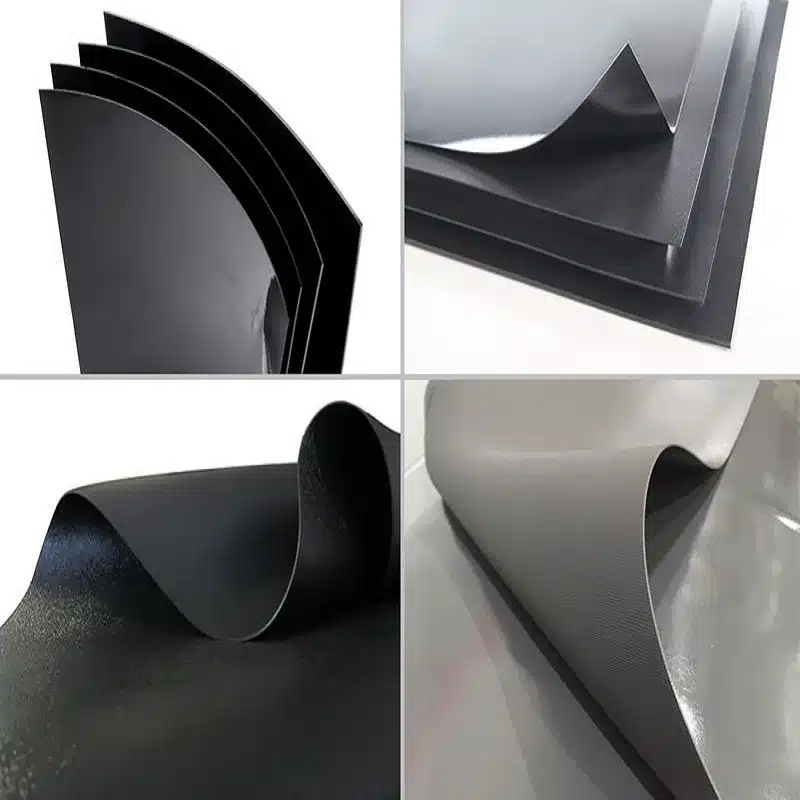
Get Free Sample
We’ll respond as soon as possible(within 12 hours)






















